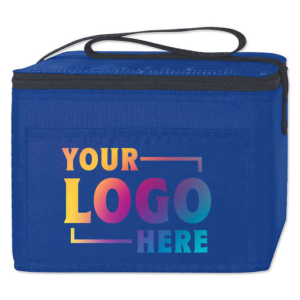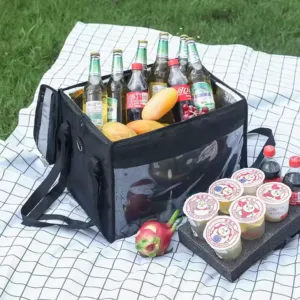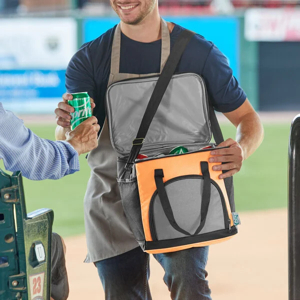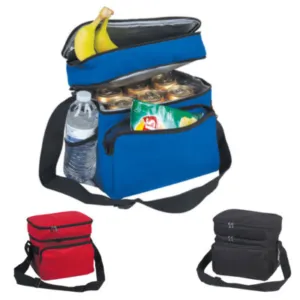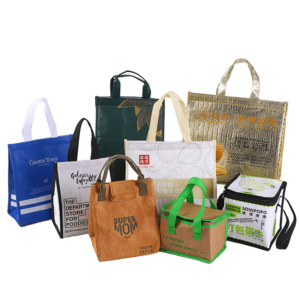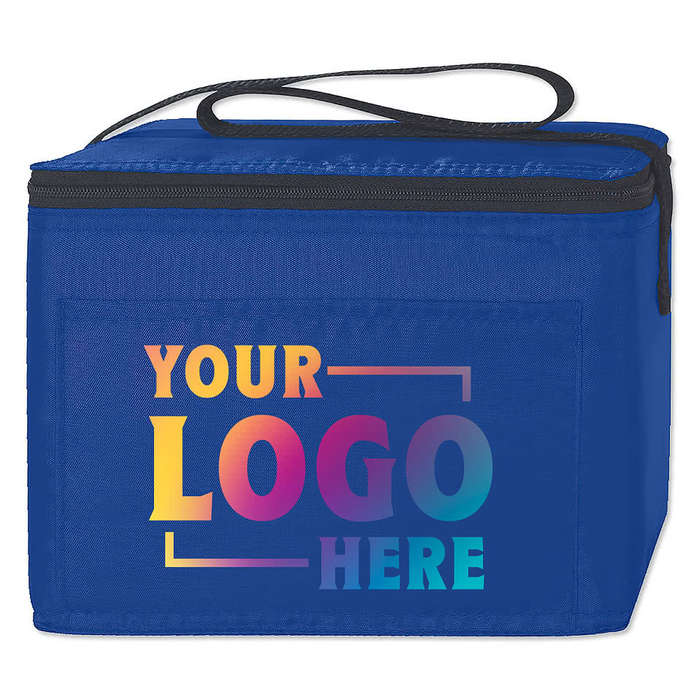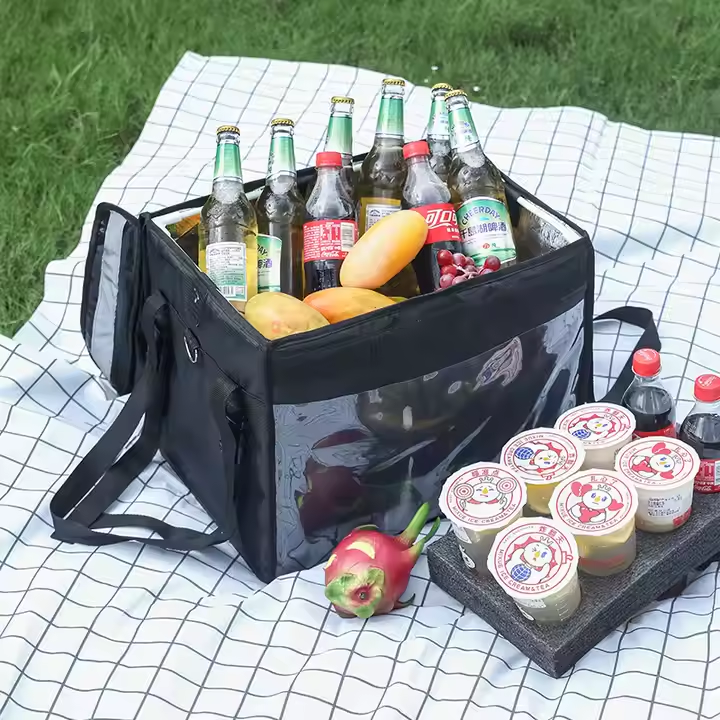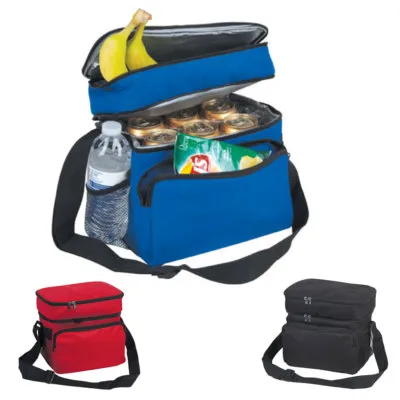Introduction
In today's competitive market, effective packaging is more than just a protective layer for products; it's a key element of branding, marketing, and consumer experience. One crucial aspect of packaging design is the sizing of bags. The dimensions of a packaging bag can significantly impact functionality, aesthetics, and cost-effectiveness. This article explores the various considerations and best practices involved in designing the perfect packaging bag size.
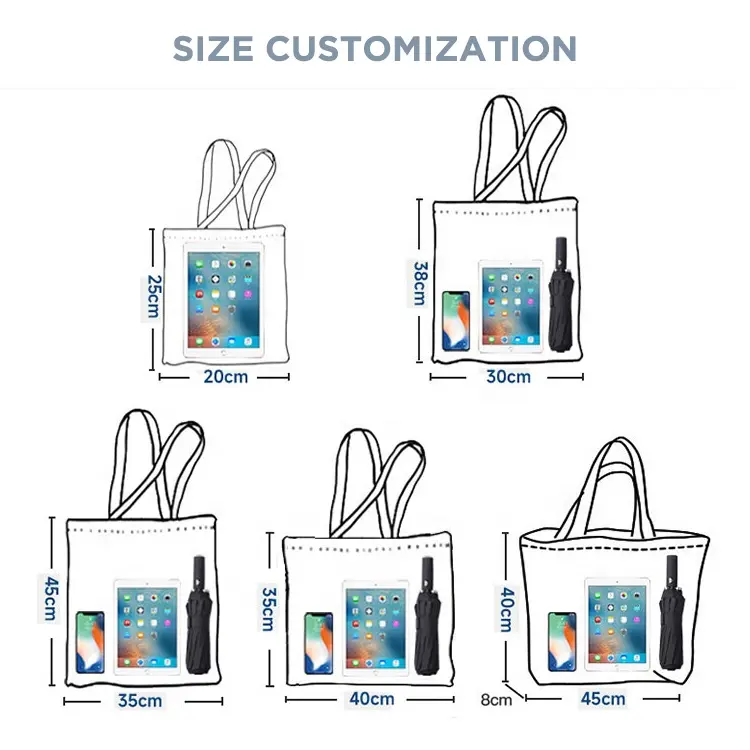
Understanding the Product
The first step in designing a packaging bag is to thoroughly understand the product it will contain. The dimensions, weight, and shape of the product play a vital role in determining the size of the bag. For example, fragile items such as glassware may require additional space for protective cushioning, while compact products like cosmetics might allow for a snug fit.
Functionality and Usability
A well-designed packaging bag should enhance the user experience. Consider the following aspects:
- Ease of Handling: The bag should be easy to carry and store. If it’s too large, it may be cumbersome for consumers. Conversely, if it’s too small, it may not contain the product securely.
- Opening and Closing Mechanisms: The design should allow for easy access to the product. Bags that are difficult to open can frustrate consumers, while those that seal well can prolong shelf life.
- Stackability: If products will be stacked on shelves or during shipping, the bag’s size should facilitate this process without risking damage to the items inside.
Aesthetic Considerations
The visual appeal of a packaging bag is crucial for attracting consumers. The size of the bag can influence its visual impact:
- Proportions: The dimensions should complement the product’s design. A well-proportioned bag can enhance the perceived value of the product it contains.
- Brand Identity: Consistent packaging sizes can contribute to brand recognition. If a product’s bag size is distinct and recognizable, it can help the brand stand out on crowded shelves.
Cost Efficiency
Cost considerations are essential in packaging design. Larger bags may use more material and incur higher production costs, while smaller bags may not adequately protect the product. Here are some key points to keep in mind:
- Material Usage: Optimize bag size to minimize waste while ensuring the product is well-protected. Consider the thickness and type of material; lightweight materials may be more cost-effective.
- Shipping Costs: The size of the packaging bag can impact shipping expenses. More compact packaging can reduce transportation costs, leading to better overall profitability.
- Production Efficiency: Custom sizes might lead to higher setup costs. It’s vital to balance unique designs with efficiency in production processes.
Environmental Impact
In today’s eco-conscious market, the environmental impact of packaging materials is a significant consideration. Designing the right bag size can contribute to sustainability efforts:
- Minimizing Waste: A well-sized bag reduces excess material and waste, which is beneficial for the environment.
- Recyclability: Choosing materials that are recyclable and ensuring that the bag size aligns with recycling processes can enhance a brand’s sustainability image.
Testing and Feedback
Once a bag size is designed, it’s essential to test its effectiveness. Gather feedback from consumers, retailers, and logistics partners to assess how well the bag meets their needs. Adjustments may be necessary to optimize performance based on real-world use.
Conclusion
The design of packaging bag sizes is a multifaceted process that requires careful consideration of product dimensions, usability, aesthetics, cost, and environmental impact. By focusing on these elements, brands can create packaging that not only protects their products but also enhances the consumer experience and reinforces brand identity. As the market continues to evolve, staying attuned to consumer preferences and industry trends will be key to successful packaging design.


